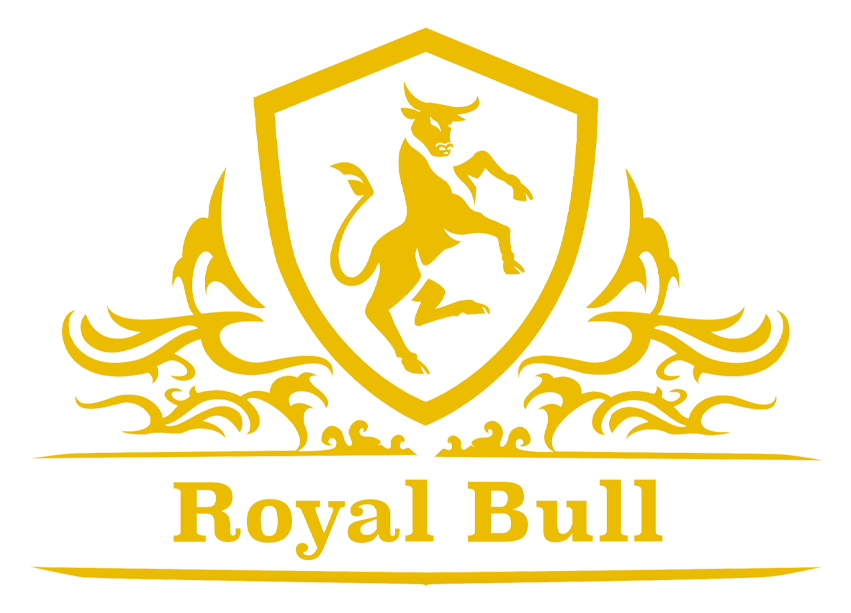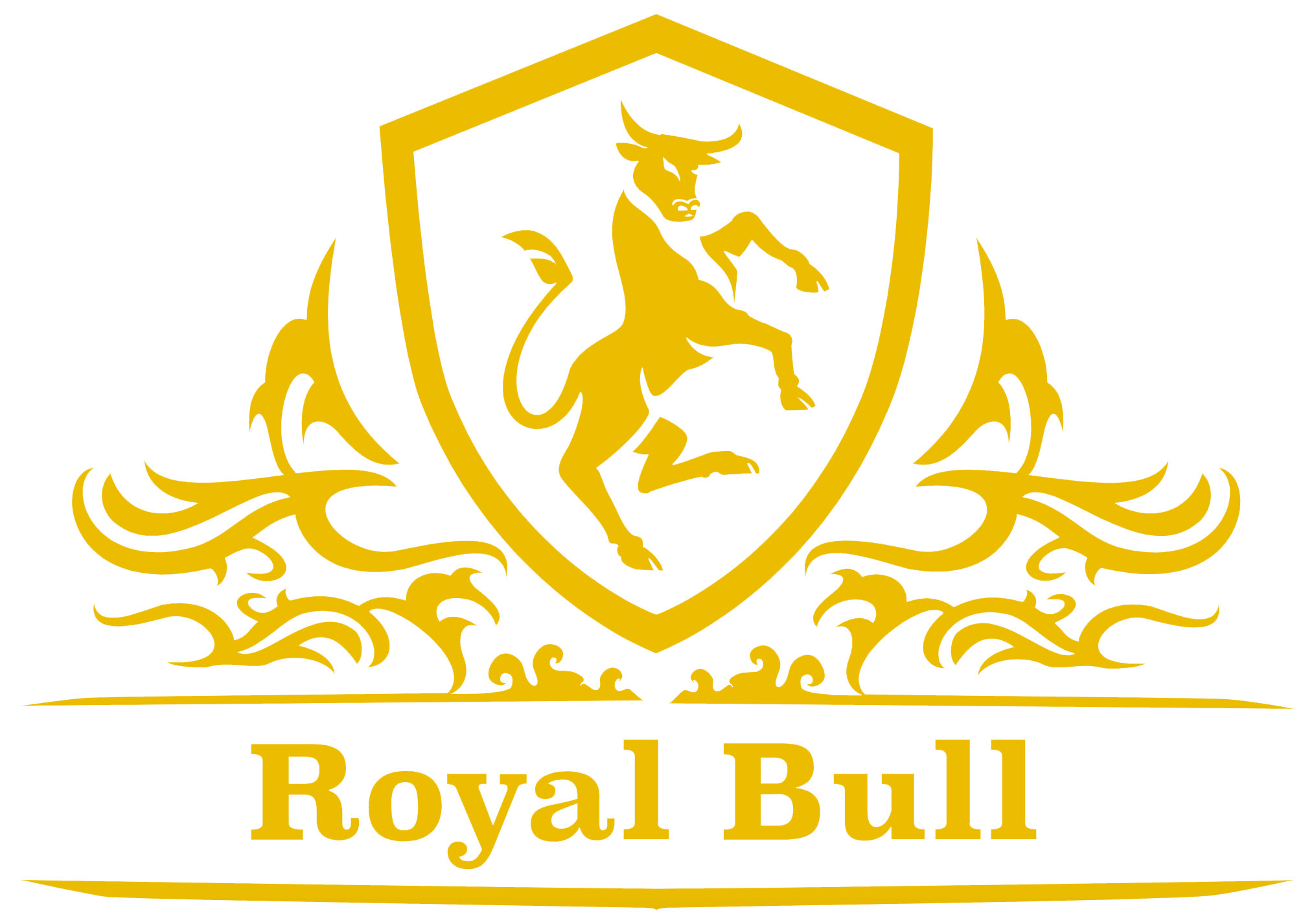Not all precious metal products are made the same. When it comes to bullion (highly pure bulk gold and silver) although they all start the same, there are many different ways that they can look when they are shipped to savvy Canadian investors. Many know what a gold coin and silver bar looks like, but many precious metal products are minted while others are cast. What’s the big deal between the two?
Let’s explore the differences between minting and casting to better understand the benefits for investors.
How is Bullion Cast?
Gold or silver is raised to a very high temperature until the precious metal is completely melted. The liquid metal is then carefully poured into moulds until full. The bottom of the moulds usually has the predetermined design etched into the bottom. The liquid gold or silver is then cooled and removed from the mould, revealing the design. The final step is cleaning and preparing the bar for sale.
Note that casted bullion will have minor imperfections, especially on the back of the bar.
How is Bullion Minted?
Cast metal is pressed into a long, thin sheet, then punched with a die. Each piece, often circular or rectangular, is also washed in acid and polished. Using a large press, each piece is stamped with a particular, uniform design on the front and back of the piece. The design often includes the precious metal content, the name of the mint and a range of other unique elements.
This technique ensures that each piece is more or less identical while mass-producing bullion at a scale that’s impossible any other way. Each minted piece of bullion, whether a gold coin or silver bar, also has a beautiful shine.
Since minting bullion is a more complex process, these products often have a higher retail price for investors and collectors.
To view a wide selection of minted and cast products, see Royal Bull’s online shop at www.RoyalBull.ca/shop.




